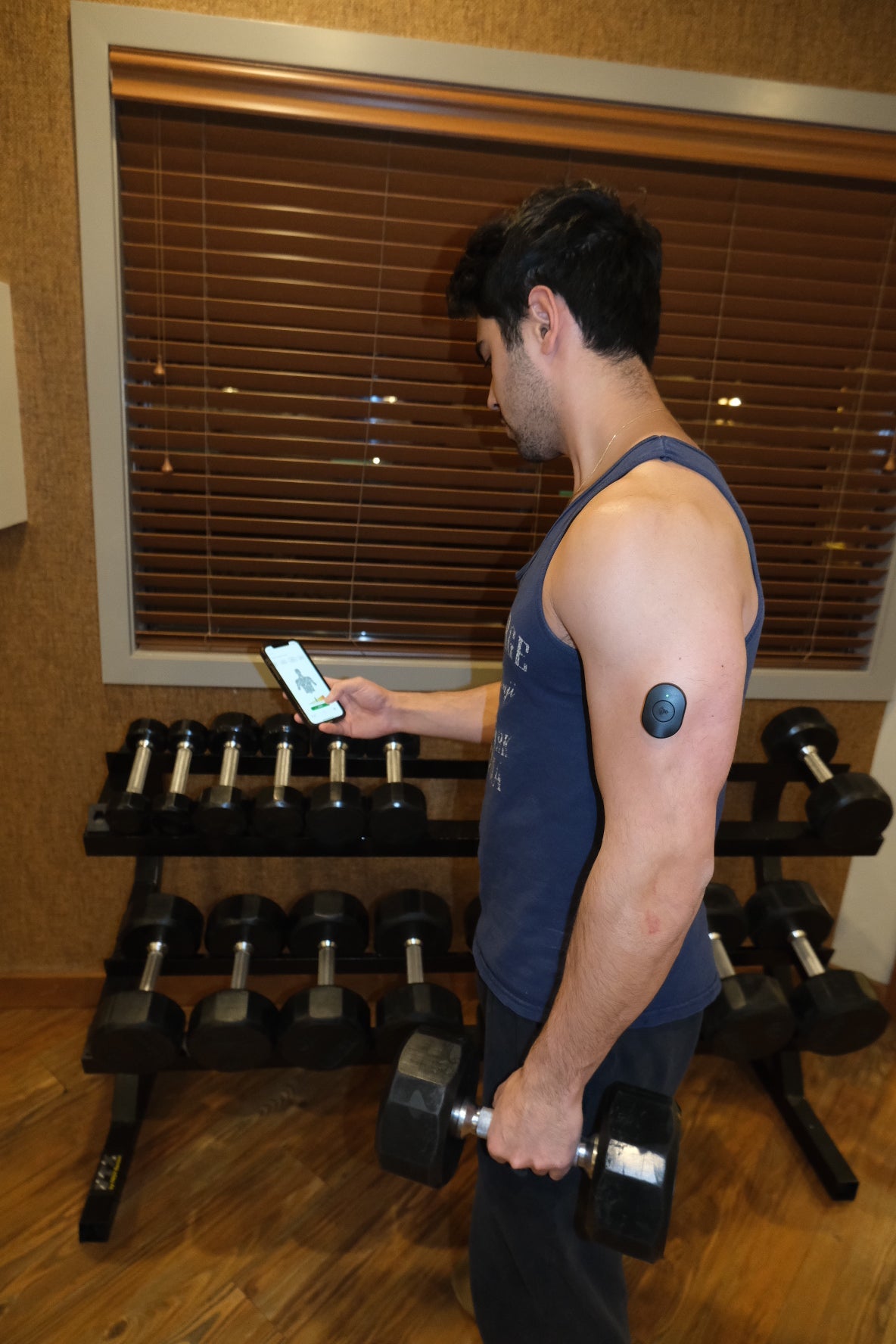Can Vibration Really Make You Stronger?
You may have recently heard about localized vibration training (LVT), which is the evolution of whole body vibration training, where instead of applying vibration to the entire body, you're applying it directly onto one muscle.
Many people in the fitness community are skeptical of this technology because it almost seems too good to be true. Renowned muscle physiologists from all around the world have published dozens of research papers on its incredible effects on muscle activation, strength, and much more. So, does it work?
The short answer is yes. LVT is legit and has proven to be extremely effective for improving overall performance.
But given the wide range of experience levels, body types, and even training environments, there are still a lot of unknowns.
What does the research show?
There's substantial research on LVT that shows it increases activation in the target muscle, which leads to an increase in isometric and dynamic force production [1,2,3], and a dramatic increase in maximal strength [4] and power [5,6].
These improvements in force production, strength, and power have even been shown to lead to an increase in jump height [7] and other athletic feats.
What's still being determined?
Even though there's substantial evidence that LVT has incredible performance enhancing capabilities, the exact protocols and applications are still somewhat undetermined because there's such a wide range of potential users.
At the end of the day, everyone's body's and mind's are different, which makes it extremely hard to determine the best vibration settings for each particular demographic. With that being said, LVT is definitely a great modality for any weight lifter who is looking to optimize their training.
Sources:
3. Mosier, 2017

